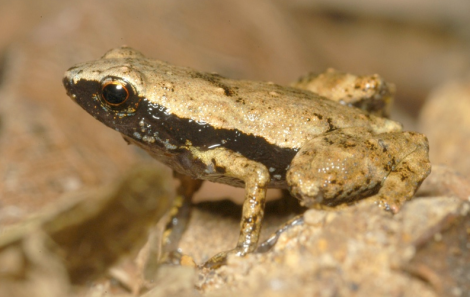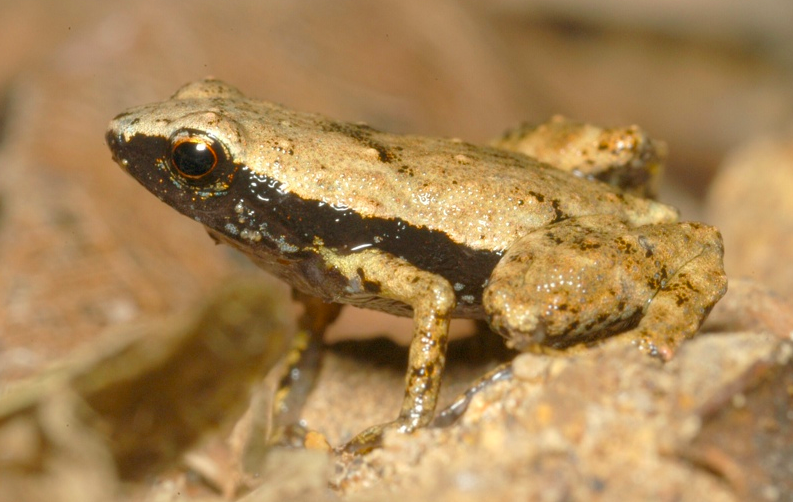
R. Boistel/CNRSDifferent croaks.
If you’re talking to a Gardiner’s frog and its jaw drops, don’t assume you’ve shocked it — it’s probably just listening to you. That’s because the weird, teeny frog found in the Seychelles uses its mouth in place of an eardrum:
Frogs do not possess an outer ear like humans but a middle ear with an eardrum located directly on the surface of the head …
However, Gardiner’s frogs do not have a middle ear and many people doubted that it was possible for the species to detect sound in the brain as a consequence, as almost all of a sound wave reaching an animal is reflected at the surface of its skin …
Using X-rays, the scientists discovered the frogs’ mouths act as a resonator or amplifier for the frequencies ‘spoken’ by the species.
The scientists blasted Rainbow Connection frog songs in the rainforest, and the frogs responded right away, so researchers knew they could hear somehow. The frogs lack the tissue between their mouths and inner ears that frogs typically have, and their bones help conduct the sound.
Less than half an inch long, the Gardiner’s frog was already unusual as one of the smallest frogs ever. Now it’s got another interesting distinction. And when the frogs fall asleep with their mouths open, they have a really weird experiences. I mean, have you ever been half asleep and heard strange voices calling your name?




